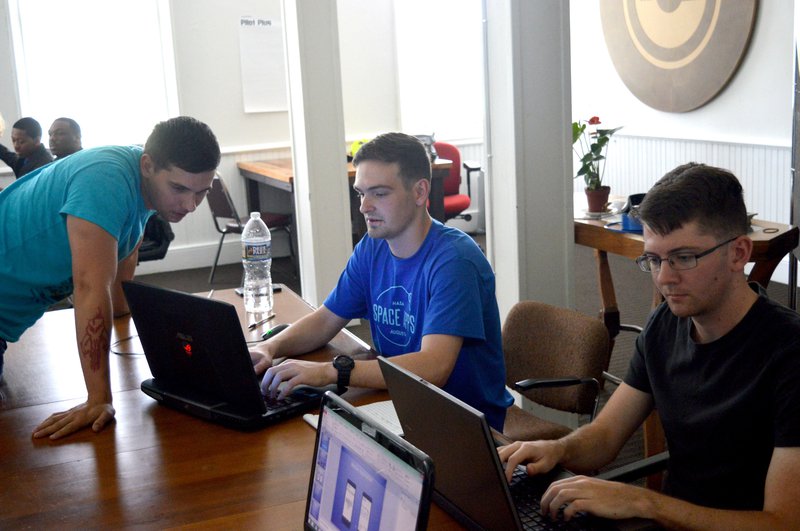Wavez | Let's go to the Beach!
The Challenge | Let's go to the Beach!
Point Break
Wavez is meant to inform beach goers and locals alike of current weather and ecological conditions on the coasts of the world

Wavez is a tool meant to notify beach goers and locals alike, of current and hazardous conditions. Some of the guiding principles we used in solving this problem. We wanted it to have simplicity making an application that is simple for any user to start it up and jump right into. It had to be user friendly in which it would allow anyone, of any age group, and any ethnicity to use it globally. With the growth in technology we wanted it to have multiplatform support so that multiple types of devices can display the data requested accurately and concisely, which is crucial in this tool and to be fluid in allowing the seamless movement of data from sources (APIs) to the back-end SQL database to the users’ devices via PHP, Python, and Javascript. Allowing it to dynamically gather user inputs and displaying these for other users to view no matter what device is being used. Allowing user input is critical to the success of this tool in crowd sourcing and gathering user inputs to notify others of current conditions and hazards.
The web application is currently running on a locally host WAMP server running SQL to gather data from a .json file. The landing page is simply designed to allow user input in the form of a search bar for the input of locations. Using this information the server then queries with SQL the .json file for the requested information, then using PHP the information is tabled and formulated to show the user information such as temperature, cloud coverage, UV index, humidity, wave height, tide times and heights, as well as various other helpful information. In the future we intend on adding advanced algorithms to tell the users the optimum time to visit beaches and coasts to avoid harmful UV exposure. It would also display the optimum time to surf. The application would include a Twitter feed like display that would show scrolling user pins and alerts which will be discussed later on.
Although we lacked the knowledge or skills to build a mobile application in the time allotted, we did however conceptualize the application and created a mock up visual. The mobile application is seamless to the web application, but with a few key features and functions specific to mobile devices. One of them being user input which will allow users to drop pins for current condition, similar to the driving application Waze, we’d like to allow users to drop pins like; beached sealife notifying users to stay clear and alerting wildlife and emergency services rapidly to assist, or a jelly fish migration to alert users to avoid the water to avoid stings, or alerts of Tsunami conditions to alert poorer regions or isolated areas of hazardous conditions and to get to higher ground. One precaution we are taking to avoid false positive results is using a thumbs up/thumbs down feature similar to that of Waze that will again using user input allow users to vote away false or fake pins and allow true pins to remain. The other feature of the mobile devices is GPS allowing users to open the application and instantly receive current condition updates near their location, and for those that still would like to search for another location that feature remains the same.
For the back-end design as previously stated the WAMP server is currently running on as local host with SQL to facilitate the tabling and database infrastructure. Eventually we’d like to move to a cloud provider such as Google, Amazon, or CloudFlare. For now the back end server reaches out to WeatherUndergrounds APIs, pulling data such as; High and Low tide times, sunrise, sunset, wave height, cloud conditions, temperatures and so on. The current weather and other conditions are pulled and stored in a .json file using Python. Using SQL this data is stored and tabled based on location. Using PHP this data is pushed to the user’s device in this case a Windows PC using Firefox and displays it. Eventually the back-end server will gather user input as well and parse it per location. Later this data would be displayed to users alongside current weather conditions.
Our way forward is to get one of our coworkers that is certified in Unity 3D and Android app development and get assistance with developing the mobile application. Also we have secured a domain name that is similar, but we require domain hosting to link up the webpage to go live. We as a team learned a great deal during this project about our skills individually and our skills as a development team. We intend on continuing this project into the future and eventually go live helping people better understand their beaches and taking a better respect for their environment. We are very driven to see this project come to fruition and will continue to pursue through to completion.
SpaceApps is a NASA incubator innovation program.